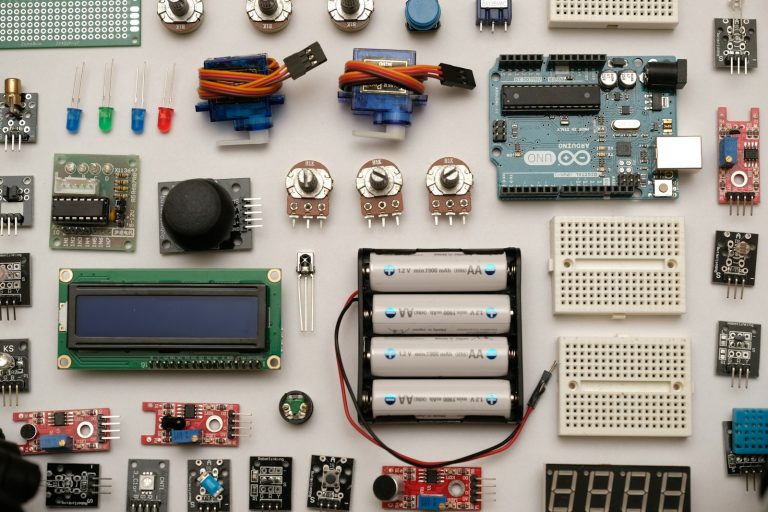Machine Learning: The Future of Predictive Analysis
Hey there! Me again. Today, let’s dive into the fascinating world of Machine Learning and Predictive Analysis. Trust me, it’s not as intimidating as it sounds. I’ll try to break it down with some real life examples to get your head around this techy stuff. So, buckle up, folks. We’re in for a wild ride!
The Magic of Machine Learning
Imagine you’re flipping through Spotify playlists, and the app magically suggests new bands that you instantly connect with. That’s Machine Learning. Now think of your Netflix recommendations or even the ‘People you may know’ section on Facebook. Yep, you guessed it – that’s Machine Learning in action.
Machine Learning is a subfield of Artificial Intelligence (AI) that gives computers the ability to learn from and make decisions based on data (Papagiannaki, 2018). Usually, a machine learning model learns during a training process where it processes a boatload of data and looks for certain patterns.
The Power of Predictive Analysis
Now, if Machine Learning was Batman, Predictive Analysis would be his trusty sidekick, Robin. These two are like cookies and milk, better together. Predictive analysis uses data, algorithms, and machine learning techniques to predict future outcomes based on historical data (Delen, 2018). It’s like a fortune teller, but for data. Cool, right?
Real-Life Applications
- Ever wondered how weather forecasts are so accurate? That’s thanks to predictive analysis, my friend. Meteorologists analyze prior weather conditions and forecast the upcoming ones using that.
- E-commerce businesses use machine learning algorithms for predictive analysis to analyze buying behavior and suggest products you might like. It’s a win-win situation for both. You discover new products and they up their sales. Pretty neat, huh?
- Healthcare providers use predictive analysis using machine learning to help predict the likelihood of disease. This proactive approach lets interventions be applied earlier, potentially saving lives.
In the end, the goal of both Machine Learning and Predictive Analysis is the same — to make life easier and more efficient. And the future? Well, the sky’s the limit!
Until next time, stay curious and keep learning.
Reference:
Papagiannaki, K. (2018) ‘Machine learning for network automation: Overview, architecture, and applications’, IEEE Network, 32(2), 6-14.
Delen, D. (2018) ‘Real-world data mining: predictive analytics: back to the future’, International Journal of Information Technology and Decision Making, 10(1), 175-184.






